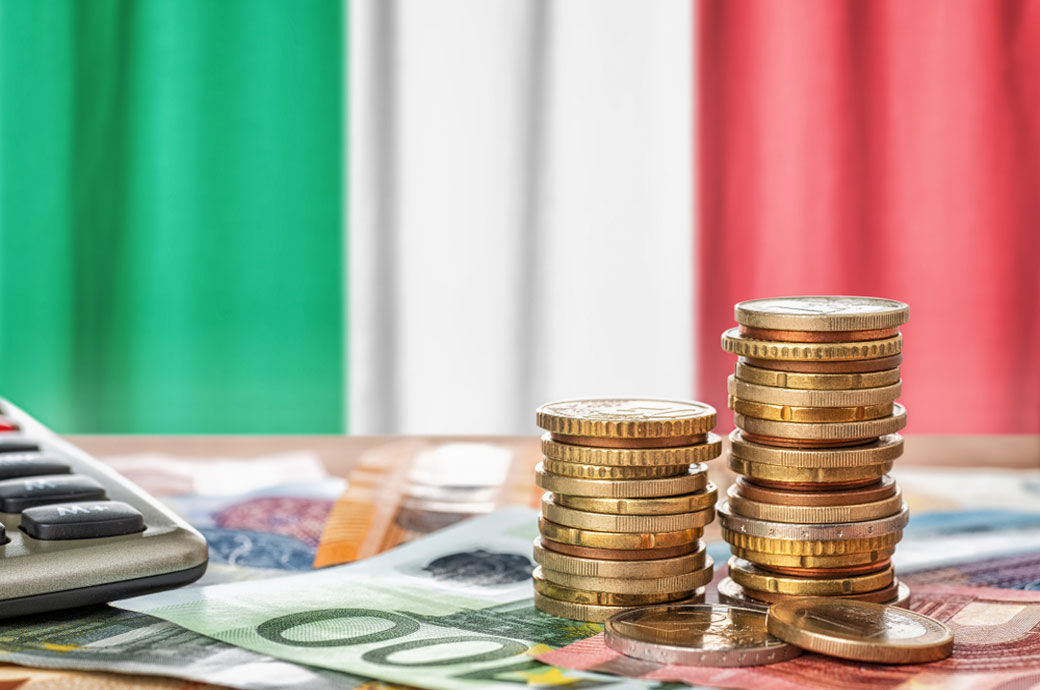
A robust 1.1 per cent quarter-on-quarter (QoQ) increase in gross domestic product (GDP) in the second quarter has led to a growth forecast for 2022 at 3.5 per cent, which is higher than the forecast of 3.1 per cent made by the treasury's annual economic and financial document (DEF).
GDP is expected to grow in 2023 as well, at 0.6 per cent, albeit less than the DEF forecast of 2.4 per cent.
As a result of the macroeconomic implications of the Russian-Ukrainian conflict, export growth, while significant (2.5 per cent QoQ; 12.3 per cent year on year), was lower than import growth, with net foreign demand contributing negatively to GDP growth.
While exports of services accelerated, exports of goods slowed down due to rising costs and prices.
The second half of the year points to a deceleration in activity, which is part of an overall weakening of global and European cyclical indicators impacted by the uncertainty surrounding the war in Ukraine and trends in the price of natural gas, MEF said in a note.
In this context, industrial production, after the contractions of May and June, recorded a surprising rebound in July (0.4 per cent MoM), which was accompanied by a new drop in construction production, the value of which, however, remained at historically high levels.
Significant growth was witnessed in retail sales volume. After rising in the spring months, the confidence of Italian companies fell again in July and August.
Inflationary pressures remained high and persistent. Although the persistence of higher energy commodity prices could lead to a more sustained increase in core inflation, given current energy futures prices, the inflation rate is expected to start falling by year-end.
The surge in energy prices has also affected the trade balance. After years of high surpluses, the current account balance has moved into deficit in recent months, although the performance of the non-energy trade balance has remained positive overall, MEF added.
Fibre2Fashion News Desk (DS)